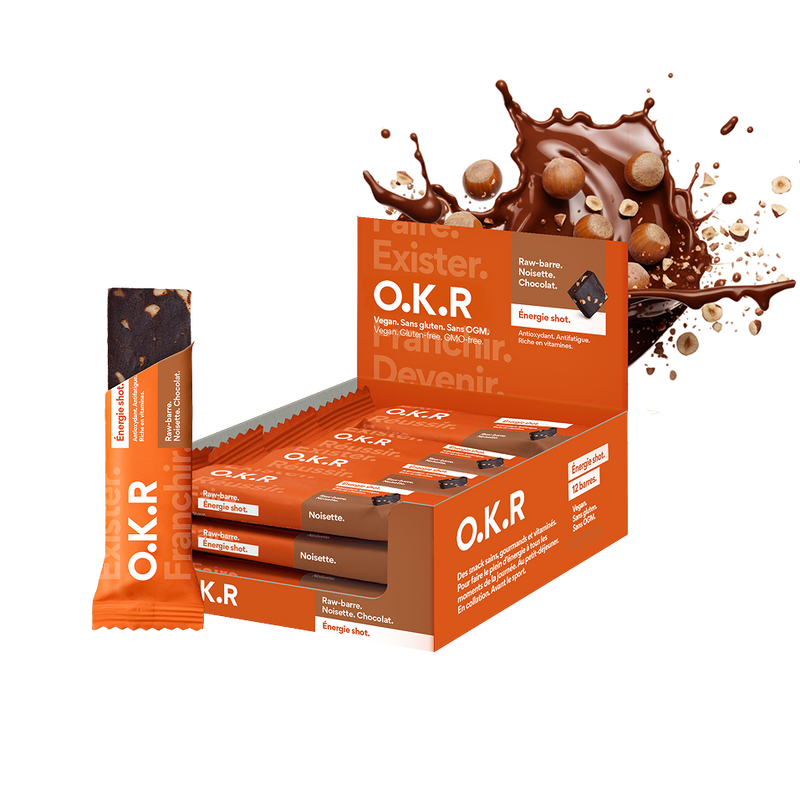Vitamin C: What is it?
Ascorbic acid, commonly known as vitamin C, is a water-soluble vitamin. It is also sensitive to heat (above 60°C) and light. This means that overcooking will significantly reduce the vitamin C content of your food. Of all the vitamins, it is undoubtedly the most fragile, so much so that overcooking can destroy up to 100% of the vitamin C in a food.
The roles of vitamin C.
Ascorbic acid plays many essential roles within our body:
- Antioxidant: it helps fight cell aging and helps neutralize free radicals (unstable and potentially toxic molecules).
- Healing: Vitamin C promotes tissue healing.
- Immune defenses: it fights against viral and bacterial infections by ensuring the proper functioning of the cells of the immune system.
- Iron metabolism: This allows for better absorption of iron from the intestines and its transport into the blood. A lack of iron in the body results in significant fatigue and dizziness, for example.
- Allergic response regulation: Vitamin C limits your body's risk of an allergic response. It reduces your body's sensitivity to histamine, a molecule that plays a key role in allergic reactions.
- Skin health: it is involved in the mechanisms of collagen and elastin production and ensures the good health of your skin.
Your daily vitamin C needs.
ANSES recommends a daily intake of 110 mg of vitamin C for an average adult. Certain populations of individuals will have higher vitamin C needs, such as pregnant and breastfeeding women, and the elderly.
Did you know?
A person who smokes more than 10 cigarettes a day will absorb 20 to 30% less vitamin C than a non-smoker. A smoker's vitamin C requirements are therefore increased by 20 mg per day to compensate for this loss.
How to get enough vitamin C?
Your body doesn't have the ability to synthesize or store vitamin C, so you need to get it regularly through your diet. All fruits and vegetables contain vitamin C.
VITAMIN C CONTENT PER 100 GRAMS - FRUIT.
|
Guava |
220 mg |
|
Kiwi |
90 mg |
|
Strawberry |
67 mg |
|
Orange |
57 mg |
|
Lemon |
50 mg |
|
Grapefruit |
40 mg |
VITAMIN C CONTENT PER 100 GRAMS - VEGETABLES.
|
Yellow pepper |
184 mg |
|
Fresh parsley |
177 mg |
|
Red pepper |
159 mg |
|
Kale |
145 mg |
|
Broccoli |
106 mg |
|
Brussels sprouts |
100 mg |
|
Green pepper |
90 mg |
|
Cauliflower |
56 mg |
|
Spinach |
40 mg |
To get the most out of your fresh fruits and vegetables, it is best to eat them raw, as this way they retain all their vitamins.
How to detect a vitamin C deficiency?
Since the body lacks the ability to store vitamin C, deficiencies are more common than you might think. The consequences of vitamin C deficiency vary depending on age. In adults, it can cause scurvy and in children, Barlow's disease (heart failure). A deficiency can also decrease resistance to infections and lead to fatigue, headaches, or irritability.
How to combat vitamin C deficiency?
The recommended intake is easily met with a diet providing at least 400g of vegetables and 300g (about 3) of fruit per day. For people who are unable to meet their vitamin C needs through their diet, there are vitamin C supplements available.
In summary.
Vitamin C is a water-soluble vitamin that is very important for the body. ANSES recommends a daily intake of 110 mg/day, with specific requirements for pregnant and breastfeeding women, the elderly, and smokers. It is mainly found in fruits and vegetables. To supplement a low natural intake, there are many vitamin C supplements made from natural ingredients such as acerola, for example. A vitamin C deficiency can cause scurvy in adults and Barlow's disease in children.












